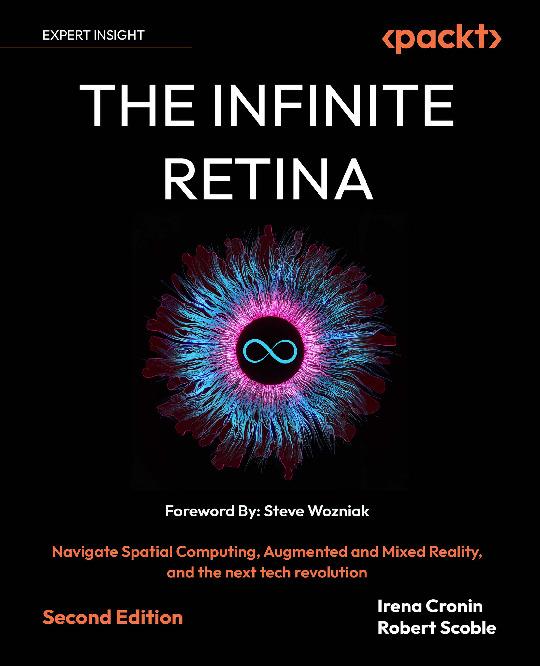Unlocking Innovation: Implementing Blockchain in Educational Institutions for Enhanced Security and Efficiency
Blockchain technology is rapidly reshaping industries worldwide, and the education sector is no exception. With it’s ability to provide unmatched data security, transparency, and operational efficiency, blockchain is unlocking new avenues for innovation in schools, colleges, and universities. This article delves into the transformative power of blockchain in educational institutions, highlighting practical benefits, implementation strategies, real-life case studies, and actionable tips for administrators eager to be at the forefront of digital change.
Introduction to Blockchain in Education
Blockchain is a decentralized digital ledger that securely records transactions across multiple computers. Unlike traditional centralized systems, it is extremely tough to alter or hack blockchain data, thus ensuring increased security and transparency. In educational institutions, blockchain’s applications are far-reaching—from securing academic records to streamlining administrative tasks and fighting credential fraud.
Why Educational Institutions Need Blockchain technology
- Data Security: Student records and transcripts are highly sensitive. Blockchain ensures this data remains immutable and only accessible to authorized personnel.
- Enhanced Efficiency: Paper-based processes are time-consuming and prone to errors. Blockchain can automate tasks such as certification issuance, attendance tracking, and admissions.
- Fraud Prevention: Counterfeit degrees and credentials are a growing concern. Blockchain prevents fraud by offering a secure, verifiable system for academic achievements.
- Transparency and trust: Students, parents, and employers can verify records directly, creating greater trust in institutional processes.
Key Benefits of Blockchain in Educational Institutions
1. Secure Academic Records Management
Academic certifications, transcripts, and attendance records can be embedded on the blockchain, making them tamper-proof and easily accessible to stakeholders. This eliminates paperwork and reduces the administrative burden.
2. Streamlined credential verification
Employers and universities frequently enough spend valuable resources verifying educational credentials. With blockchain, verification becomes instant, secure, and cost-effective, benefiting both graduates and recruiters.
3. Improved Administrative Efficiency
Smart contracts—self-executing agreements on the blockchain—can automate admissions, fee payments, and course enrollments, further reducing human error and administrative costs.
4. Enhanced Data privacy
Only authorized individuals can access sensitive data,thanks to blockchain’s encryption protocols. Students also gain more ownership and control over their digital identities.
5.Decentralized Learning Platforms
Blockchain encourages the advancement of decentralized, peer-to-peer learning environments, enabling students to access verified courses and certifications from anywhere in the world.
Practical Tips: Implementing Blockchain in Your Institution
-
Start with Pilot Projects:
- Select a specific use case, such as transcript management or alumni credential verification.
- Establish clear goals and metrics for success.
-
Engage Stakeholders:
- Involve IT, administrative staff, faculty, students, and external partners in planning discussions.
- Provide regular education and training sessions to ensure smooth adoption.
-
Choose the Right Blockchain Platform:
- Evaluate open-source and private platforms based on security, scalability, and integration capabilities.
-
Ensure Legal Compliance:
- Address privacy regulations,such as FERPA or GDPR,by working closely with legal teams to ensure compliance.
-
Scale Gradually:
- Expand blockchain use to other administrative tasks and academic records once the initial pilot is triumphant.
Real-World Case Studies
1. MIT: Blockchain-Based Digital Diplomas
The Massachusetts Institute of Technology (MIT) launched its Blockcerts programme, issuing digital diplomas to graduates via a blockchain-powered mobile submission. This initiative allows alumni to easily share verifiable, fraud-resistant credentials with employers.
2. University of Nicosia: Transcripts and Course Certificates
The University of Nicosia in Cyprus was among the first institutions worldwide to store academic certificates on the blockchain. This not only simplified verification processes but also positioned the university as a global blockchain pioneer.
3. Sony Global Education: Blockchain for Student Data
Sony, in collaboration with IBM, developed a blockchain-based platform to securely and globally share student records between schools and authorities. This fosters collaboration and standardization while keeping data secure and private.
First-Hand Experience: Administrator Insights
“Implementing blockchain at our institution has elevated our reputation for security and transparency. Students feel empowered, and administrative staff spend less time on record-keeping and more on strategic projects.”
— Dr. Susan Miller, Academic Registrar
Many institutions report that after moving even a small aspect of their data management to blockchain, they experienced:
- Faster processing times for document verification
- Reduced costs in paper and labor
- Higher satisfaction scores among learners and alumni
- Increased trust from employers and accrediting bodies
Challenges to Consider When Adopting Blockchain
- Initial Learning Curve: Blockchain is a specialized technology, and institutions may need to invest in staff training or hiring.
- Integration Costs: Upfront costs for system development and integration can be notable, though they are frequently enough offset by long-term savings.
- Regulatory Uncertainty: The legal landscape surrounding blockchain and data privacy is evolving, requiring institutions to stay updated on compliance.
Solutions and Recommendations:
- Partner with technology vendors experienced in blockchain deployment for education.
- Join consortia and working groups to share best practices and collaborate on standards.
- Pilot blockchain in less complex processes before scaling up to core institutional systems.
Looking Ahead: The Future of Blockchain in education
Blockchain’s potential in education extends beyond records management. Future applications may include decentralized credential marketplaces, student portfolios accessible worldwide, and even new assessment and accreditation paradigms. Institutions that begin experimenting with blockchain today will be poised to lead tomorrow’s education innovation.
Conclusion: Paving the Way for Secure and Efficient Education
Blockchain technology stands at the nexus of innovation, security, and efficiency for educational institutions.By implementing blockchain solutions, schools, colleges, and universities can streamline administrative processes, protect student data, prevent credential fraud, and build greater trust with stakeholders. As the education landscape evolves toward digital transformation, early adopters of blockchain will set the standard for excellence in academic administration and learner engagement.
Are you ready to unlock innovation at your educational institution? Explore blockchain technology today and drive your association into a secure, efficient, and clear future.

